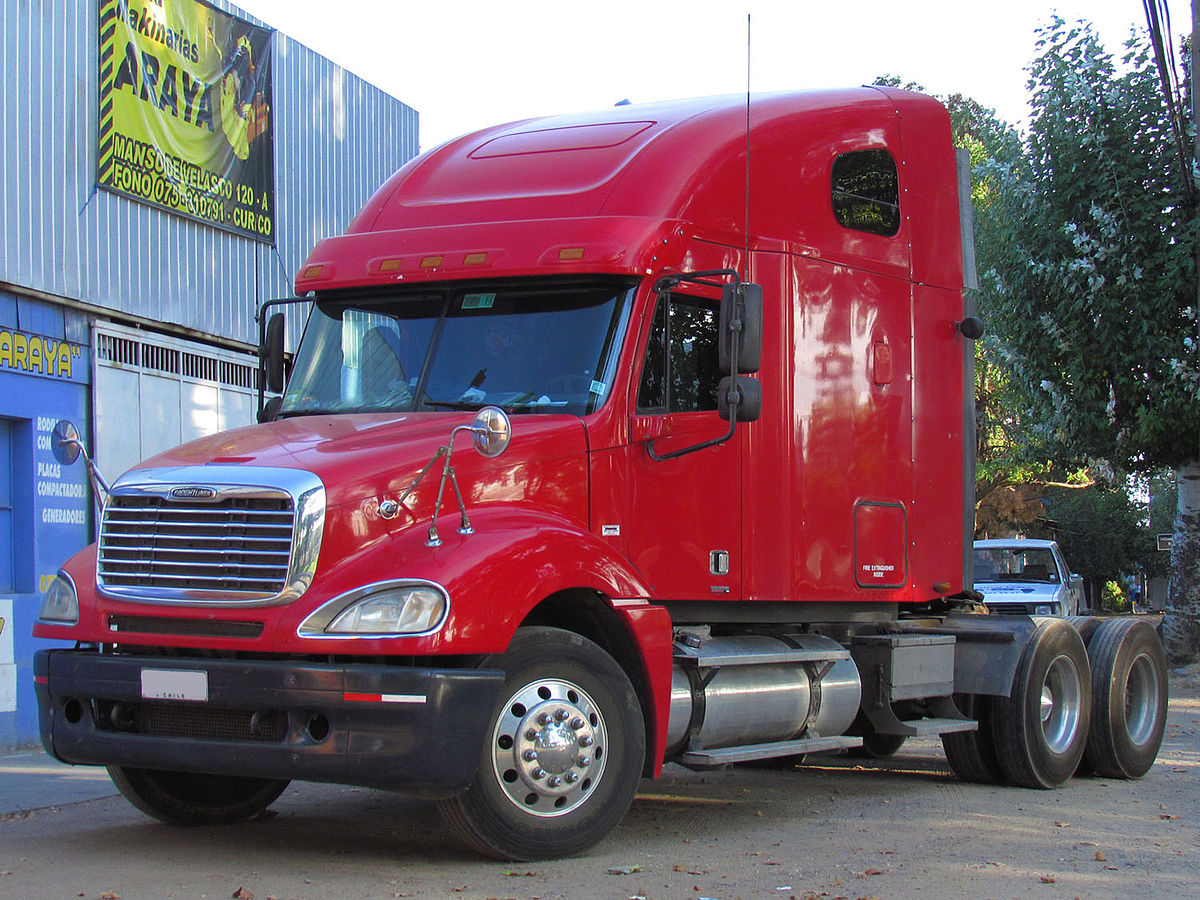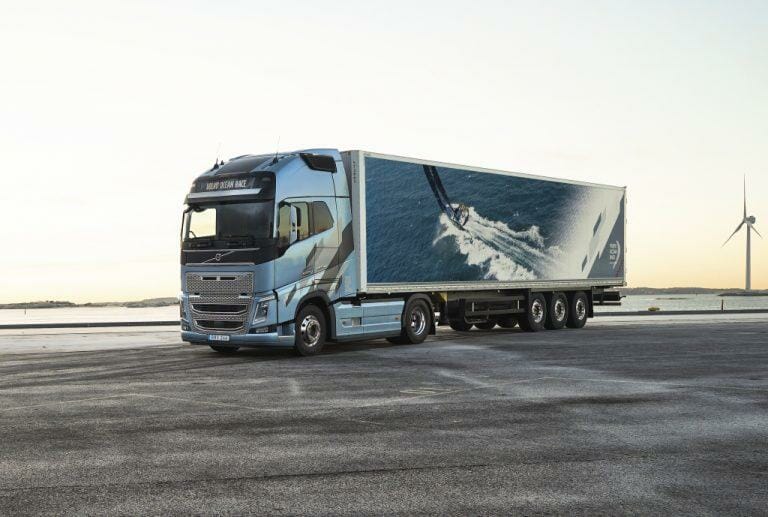I’m about two weeks away from defending my PhD dissertation, and my mind is wandering a bit today, but hopefully in a therapeutic manner. I’ve had a couple of thoughts over the years that, when merged together, might make an interesting thread. I just went out on a nature walk and came back wanting to post this. ![]()
What I’m looking for are examples of engineering, not just product engineering, that may differ depending on the country and culture of the intended users.
My first example, which I heard many years ago (and might be apocryphal), was from an Electrical Engineer friend who has worked in sound processing design. For instance, he had worked at Dolby for a while. He also worked in Japan, at Panasonic / National / Matsushita denki, and while there he heard that Japanese cell phone microphones were specially designed to better pick up the higher frequency voices of Japanese women, which I thought was interesting. If pressed, I might say I agree that on average, Japanese women have a higher pitched voice, especially in a formal sense, but most individuals I’ve known don’t sound particularly higher in pitch than women in US or Europe. Hence…I dunno if this is a true tale or not.
This next example runs the risk of “running off the road” as it kind of builds on a chain of my own suppositions that may not actually be supported, hence my throwing it out there. As a long-time driver of cars, both manual and automatic, I’ve noticed that when driving in the USA at typical street speeds (25 mph/ 40 kph, 35 mph / 50 kph, etc.) I am usually at about the midpoint of one of the gears, e.g. 3rd or 4th. At such a commonly used driving speed, the car isn’t at a very high RPM, but it’s not so low as to be struggling. It is a comfortable speed, with room to go up or down without having to change gears. In other words, it seems to be an engineered feature. I believe that the gear train is probably tuned to the common speeds driven in the target market. So…do cars drive at notably different speeds in other countries, requiring a different tuning for the gearbox? Or are such speeds common worldwide, thanks to road design for good safety practices?
Any other examples you might have, please share!

